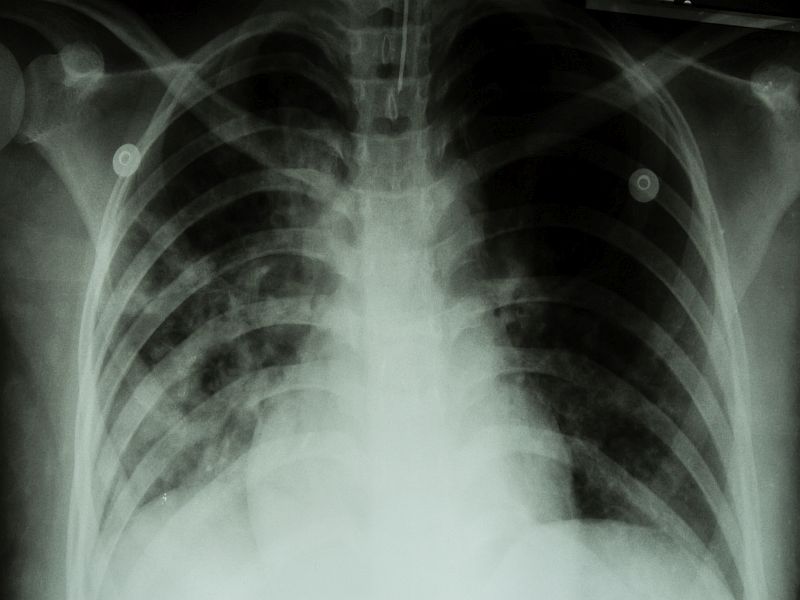Get Healthy!

- Robert Preidt
- Posted February 27, 2020
Imaging Scans May Lead to Shorter TB Treatment
A new monitoring approach could help improve treatment of patients with tuberculosis (TB), researchers say.
TB is an infectious disease that primarily affects the lungs. Treatment involves multiple pills or injection drugs daily for at least six months. Successful treatment depends on the medications reaching pockets of TB bacteria in the lungs.
Researchers have developed a system using CT and PET scans to see whether a key medicine called rifampin is reaching those lung areas of TB bacteria.
"Up until now, the only way we've known that rifampin sometimes does not reach the bacteria inside cavities has been by examining portions of lungs surgically resected [removed] from patients for whom standard anti-TB therapy failed," said study lead author Dr. Alvaro Ordonez, a research associate in pediatrics at Johns Hopkins Medicine in Baltimore.
The noninvasive imaging technique is called dynamic 11C-rifampin PET/CT. A trial in 12 TB patients is described in a study published Feb. 17 in the journal Nature Medicine.
The researchers explained that the new technique used a tagged version of the drug, 11C-rifampin, allowing doctors to view its concentration in the lungs using PET scans. These scans revealed that the drug's presence was lowest in the TB-caused lung lesions and cavities.
"This is eye-opening since the lesions and cavities are the sites known to have the largest populations of bacteria in TB patients," Ordonez said in a Hopkins news release. "Therefore, rifampin is not getting where we need it most."
Using information from this technique, doctors could tailor the drug's dose to shorten treatment time.
"We now have evidence that imaging the lungs with PET and CT scans may help researchers and physicians better determine how much rifampin is reaching the bacteria over time, and then use the data to steer decisions for speedier and more effective TB-fighting measures such as higher doses of the drug," said senior author Dr. Sanjay Jain, professor of pediatrics, and radiology and radiological science at Hopkins School of Medicine.
Further human trials are needed to confirm the study's promising results, the researchers noted.
TB causes about 1.5 million deaths a year worldwide, according to the World Health Organization.
More information
The American Lung Association has more on tuberculosis.
SOURCE: Johns Hopkins Medicine, news release, Feb. 24, 2020






